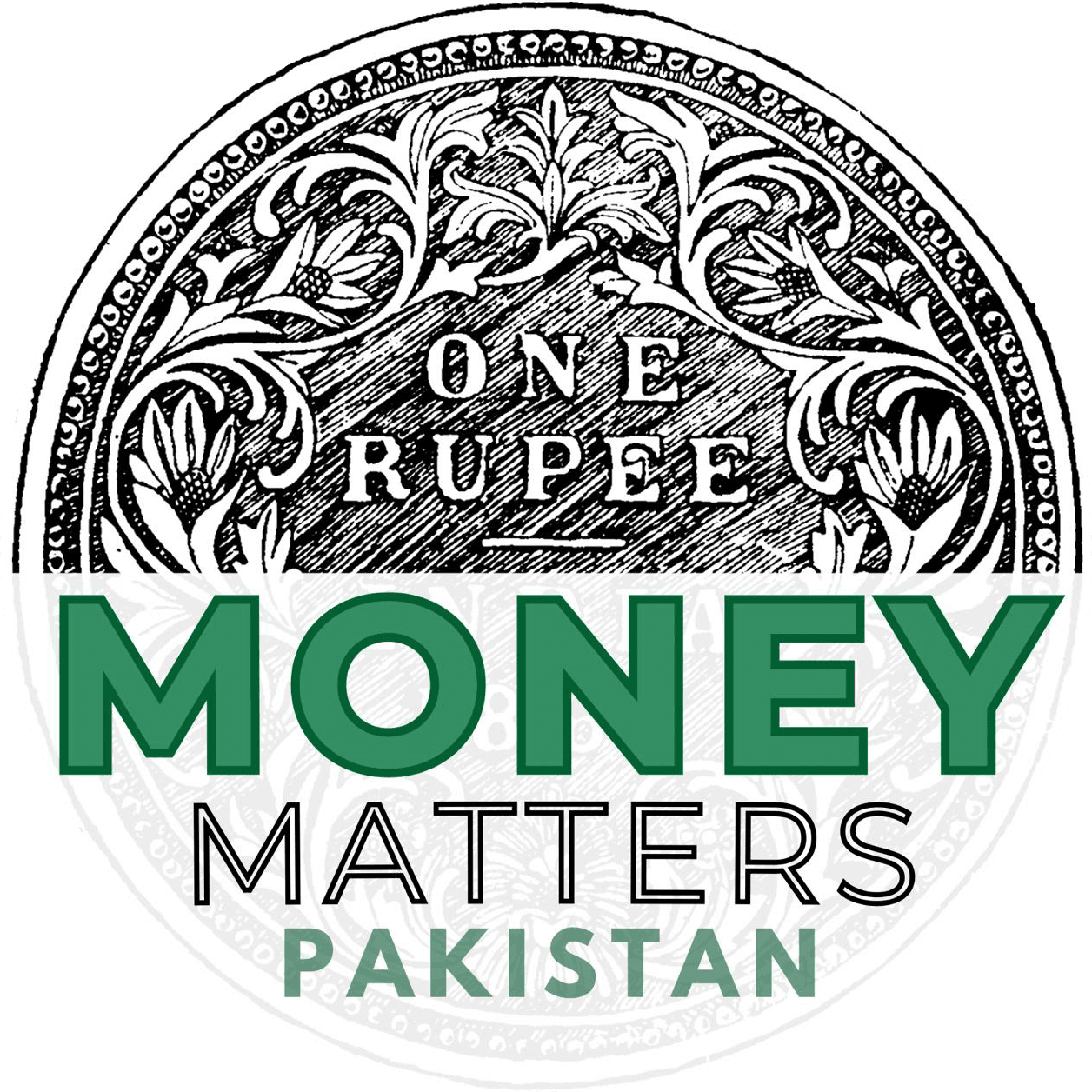Surging remittances and exports propel Pakistan to a historic $1.2 billion surplus in March 2025, signaling potential for increased investor trust.
Key Takeaways:
i) Pakistan’s current account surplus hit a record $1.2 billion in March 2025, a 230% increase year-on-year.
ii) Prime Minister Shehbaz Sharif attributes the surplus to record remittances, increased exports, and the government’s economic policies.
iii) Advisor to the Finance Minister, Khurram Shehzad, expects the surplus to continue, potentially enhancing investor confidence.
Islamabad, Pakistan – April 18, 2025 – Pakistan’s economic outlook received a significant boost as the current account surplus reached a historic $1.2 billion in March 2025, according to the State Bank of Pakistan. This marks a 230% increase compared to March of the previous year.
Prime Minister Shehbaz Sharif lauded the achievement, crediting it to record remittances from overseas Pakistanis, a rise in exports, and the effectiveness of the government’s economic team. In a statement, he emphasized the government’s commitment to sustainable economic development.
The Asian Development Bank (ADB) projects a 2.5% GDP growth for Pakistan in fiscal year 2025, rising to 3.0% in 2026, citing improved macroeconomic stability through reform implementation.
The surge in remittances played a crucial role, with inflows significantly exceeding previous years. Exports also showed positive growth, contributing to the surplus. Advisor to the Finance Minister, Khurram Shehzad, anticipates this positive trend to continue, driven by lower oil prices and sustained strong remittance inflows. This sustained surplus could potentially bolster investor confidence in the Pakistani economy.
The Asian Development Bank (ADB) projects a 2.5% GDP growth for Pakistan in fiscal year 2025, rising to 3.0% in 2026, citing improved macroeconomic stability through reform implementation.
This current account surplus is a welcome development for Pakistan, which has historically relied heavily on imports. A surplus helps to stabilize the exchange rate and strengthens the country’s foreign exchange reserves.




